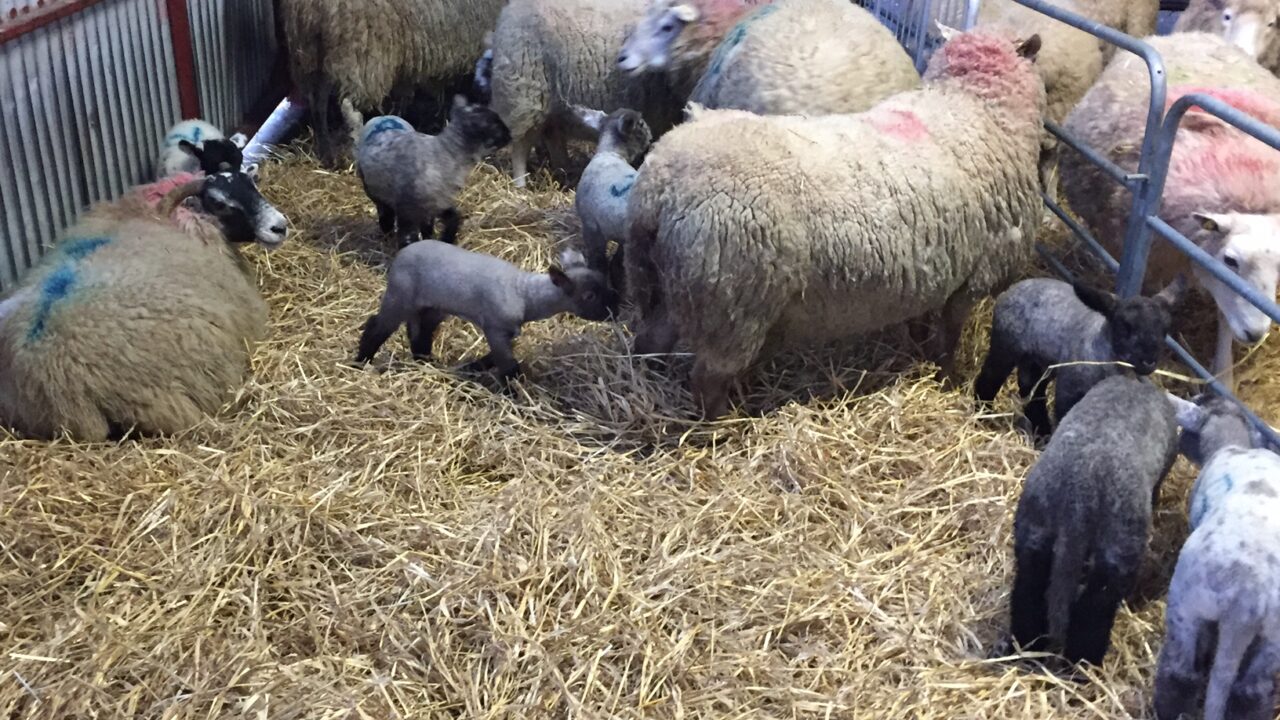Scanning results from early lambing flocks have left some farmers disappointed, according to Sheep Scanner Dominic Black.
There was a combination of factors which led to some poor results this year, he said.
“Some farmers who have early lambing flocks were a little disappointed. Flocks were averaging between 1.6-1.65 lambs to a ewe.
That’s the scanned results, so they will be lucky to come away with an average of 1.5 lambs to a ewe when lambed.
Weather conditions earlier in 2016 did not help these early lambing ewes or 2016 spring lambs thrive, he said.
“It was a combination of factors, lambs were more difficult to move this year. This meant that farmers were left a little tight for grass and ewes didn’t get a chance to bounce back after the lambs were weaned.”
Prolonged spells of rain when these early lambing flocks were being served with the ram also contributed to lower scan numbers, Black said.
In general, the number of early lambing flocks in the country has fallen in the last few years as farmers choose to push out their lambing date to the month of March, he added.
March Lambing Flocks
Black scans between 45,000-48,000 ewes a year and has begun to scan some of these March flocks in the last few days.
March lambing ewes are in very good nick and farmers are expecting them to have a very good crop of lambs.
“I’m seeing some flocks pushing close to 1.9 or 2.2, but so far most flocks are between 1.7-1.8.”
The month of January will prove a busy period for Black as he looks to get through the majority of his scanning workload.
Sheep farmers have been continuing to tighten up their lambing period, with most preferring a six-week time frame, according to the Roscommon-based Sheep Scanner who covers the majority of the west of Ireland as well as parts of the east and midlands.

